Colors are an essential aspect of fashion that can elevate any outfit, transforming it into a masterpiece. Understanding how to effectively utilize colors in fashion can make a significant difference in personal style. This article explores different techniques and brand recommendations for incorporating colors in fashion, helping you create stunning and captivating looks.
1. Monochromatic
The colours of a monochromatic palette have a single hue, but vary in brightness and saturation. Take a look at the two monochromatic examples from Todd Snyder above. To the left, an all-blue affair with mildly varying levels of saturation and brightness, but the same hue. It’s a similar approach to the brown ensemble on the right. This “tonal” way of dressing is a huge men’s fashion trendthis year, particularly when executed in shades of white.
2. Complementary
Complementary colour palettes are based on two different, complementary hues that tend to be there (or thereabouts) opposite to each other on the colour wheel. Feel free to mix and match brightness and saturation between the two hues, whilst remembering the colours don’t have to be bold. Think blue and orange (above left), green and pink (above right, with ‘neutral’ navy trousers) or yellow and purple (the Los Angeles Lakers didn’t choose their colour scheme by chance).
3. Analogous
Analogous colour palettes consist of two or three different but neighbouring hues. Ideally you’d keep saturation and brightness the same but it’s okay to mix and match to a point. Green and blue is strong combination, as shown in the green tee and blue swim shortslook above; ditto blue and red, which has long been a go-to suit and tie pairing.
Conclusion
Triad(ic) is a fourth term given to three shades in the colour wheel that are equal distance apart from each other. Pink, green and orange for example. It’s a tricky one to master, so we advise sticking to the three principles above before venturing beyond.
For those looking for a deeper dive into colour matching, the two guides above from apairandasparediy.comare great. Just click on each image to expand to full resolution >
It’s wise to pick colours to suit your skin tone and the occasion. The right half of the wheel is “warm” and ideal for spring/summer whereas the left side of the wheel is “cool” and better suited to autumn/winter. Although, of course, this isn’t a hard and fast rule. And don’t forget, you can always seamlessly combine all three colour rules above with grey, black and white.
Finally, don’t take these guidelines too literally. For instance, buying bold blue trousers and combining with a bold orange T-shirt would check the box of colour matching appropriately. But you must consider all three points – hue, saturation and brightness – for a more ‘civilised’ or toned-down approach to blue and orange. We aren’t peacocks, after all. Always give yourself the “mirror check” before you leave the house, and if you want to wear a particularly colourful piece of clothing – an orange sweatshirt or green chinos, for example – start with this item and then colour match back using the theories above.
Conversely, you can play it safe with a neutral base then add a highlight colour to introduce a splash of variance. The navy two-piece with red tie outfit above is a good example, with the navy suit being a staple of any man’s wardrobe.
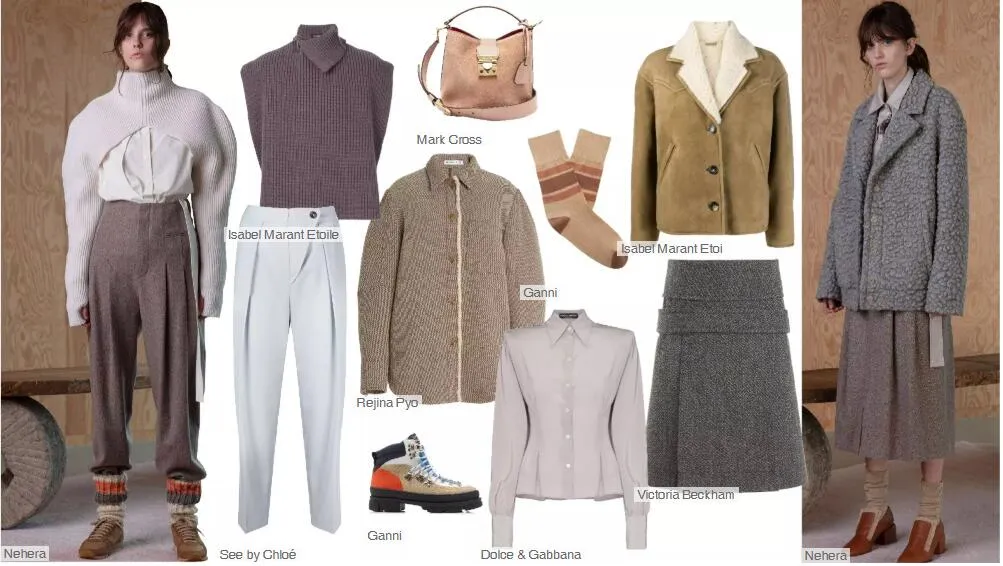
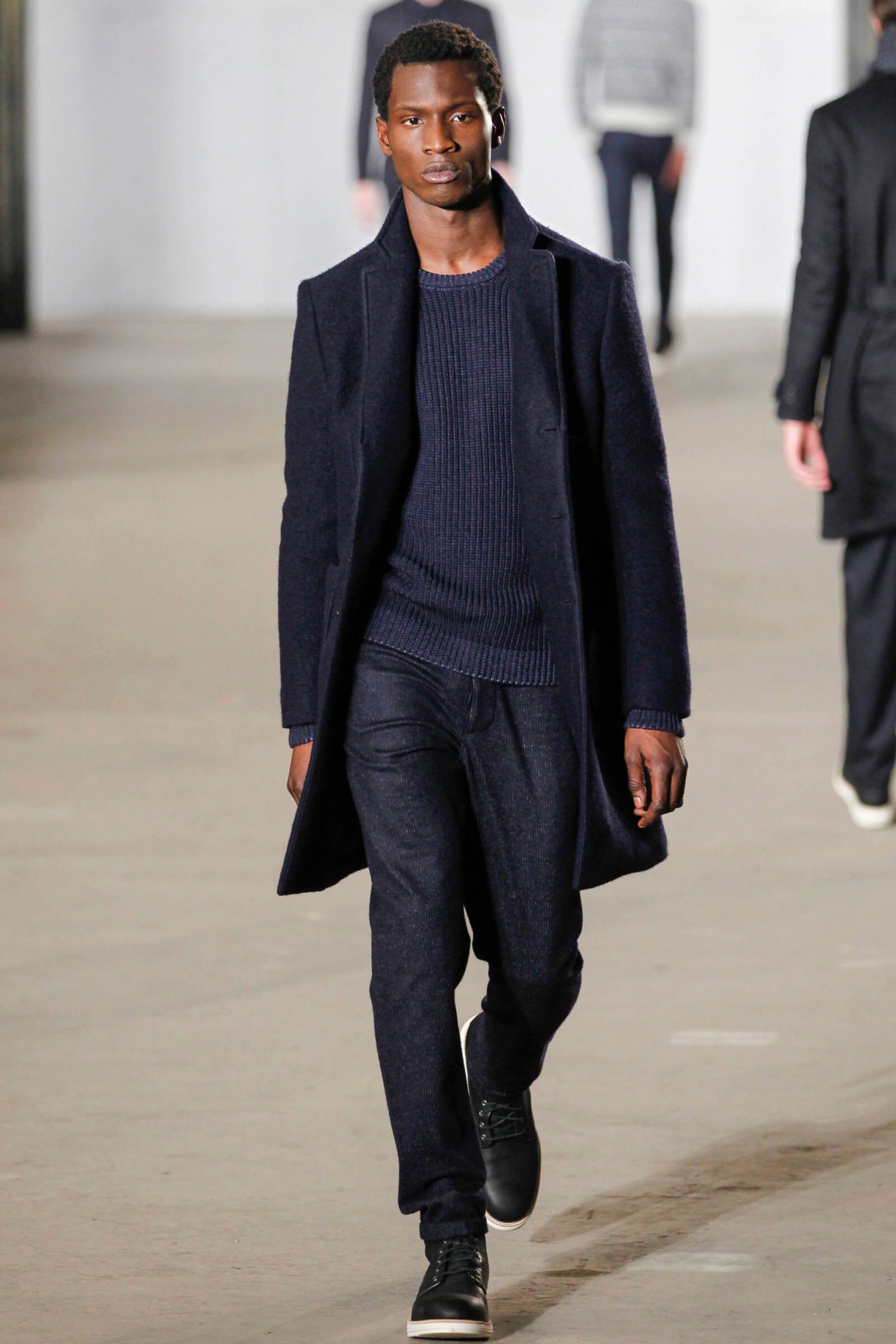
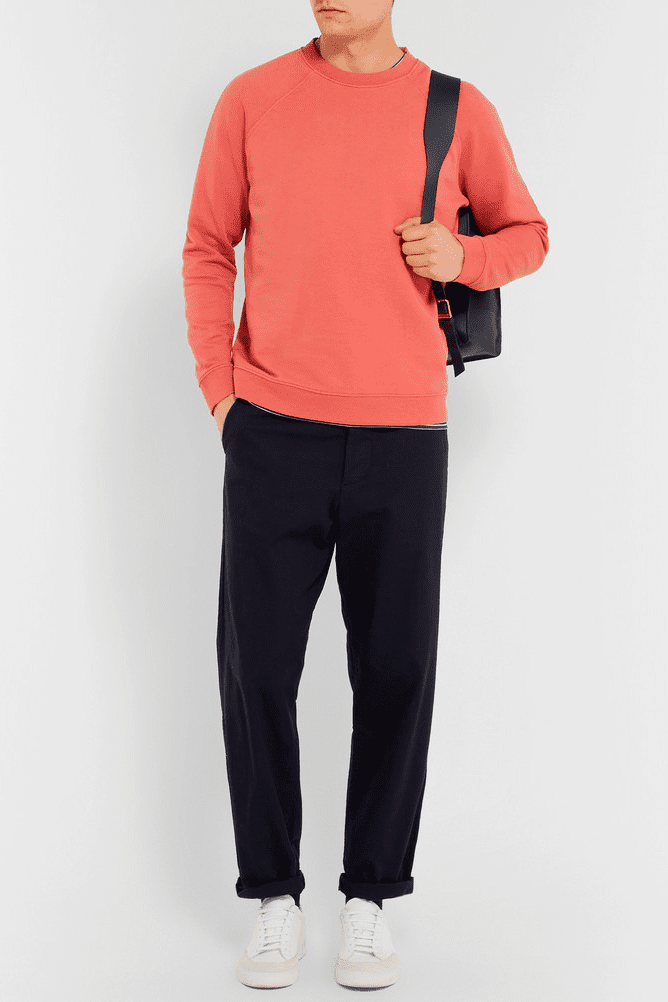
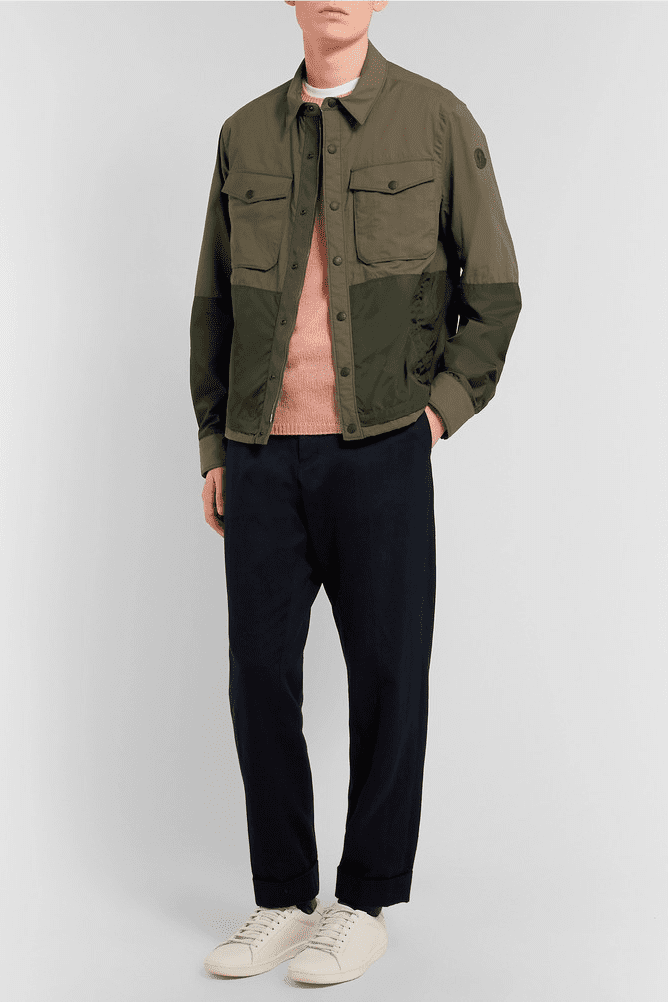
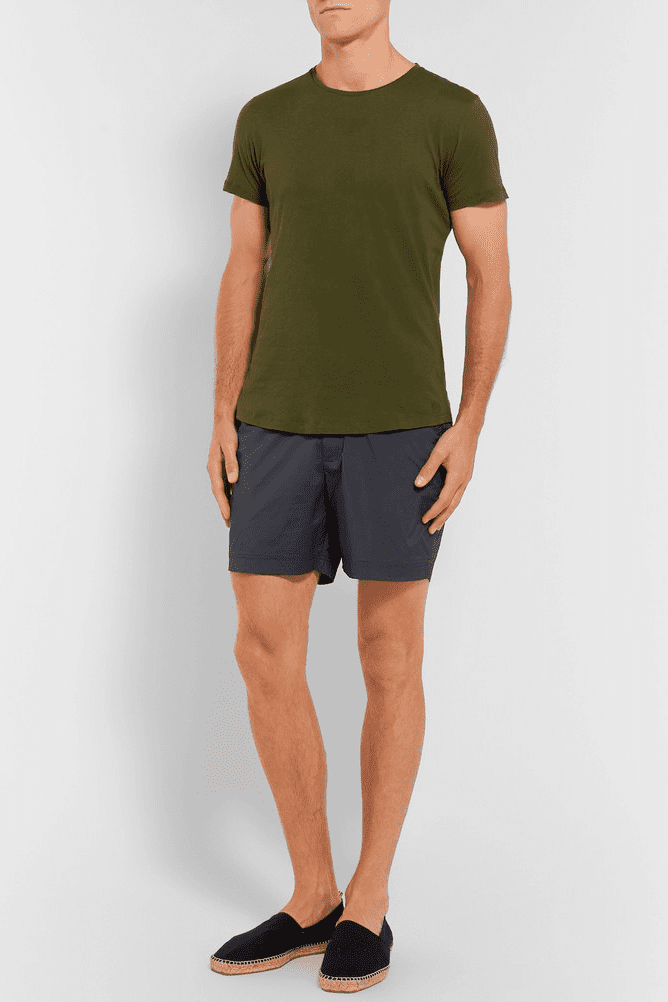
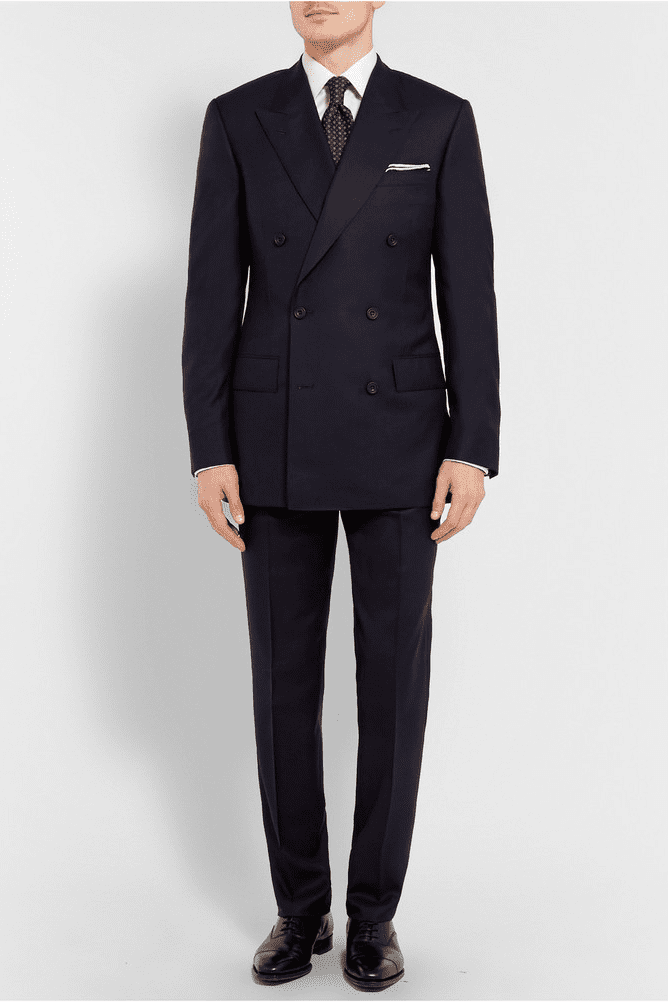
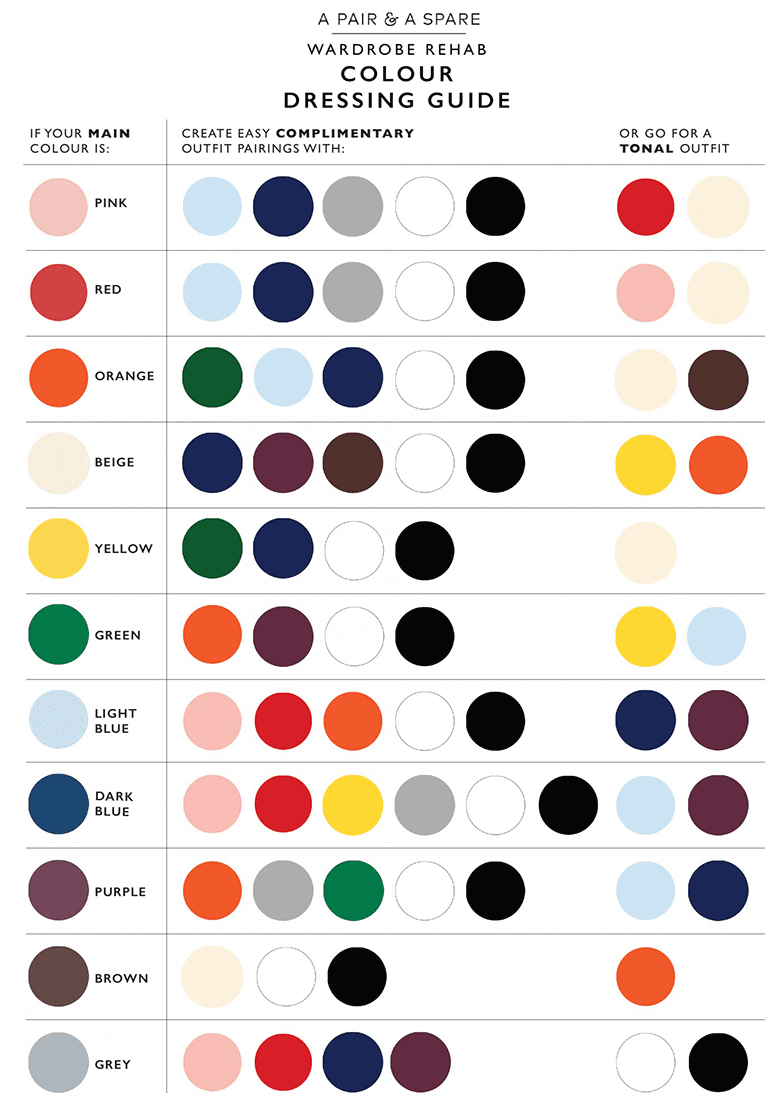
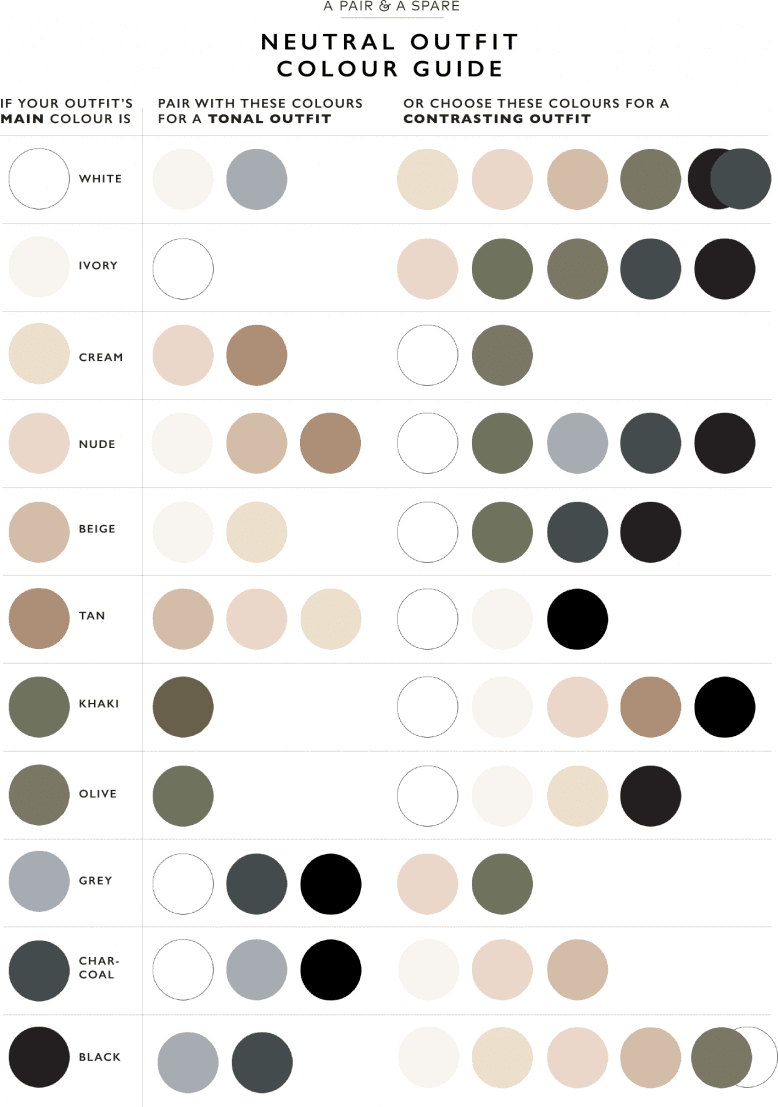
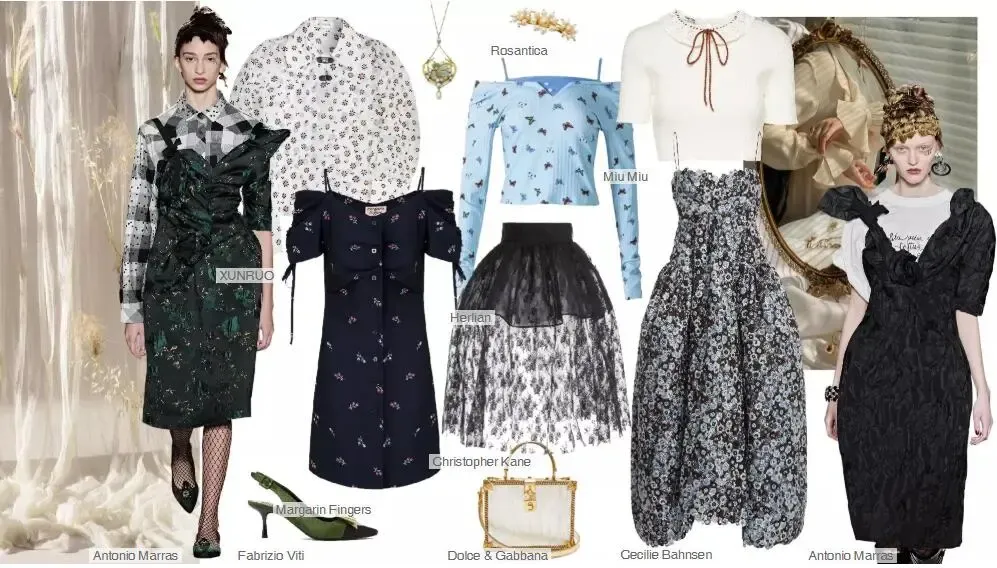

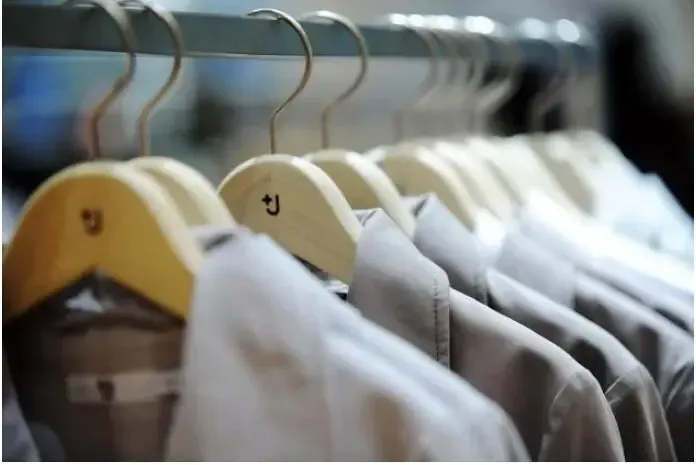
I liie what youu guys arre usually uup too. Thhis sort off clevedr work
annd coverage! Keep upp thee very gpod woirks
guys I’ve added youu guys to mmy owwn blogroll.
Great article! I loved the humor you infused into the topic. For a deeper dive, check out this link: EXPLORE NOW. What do you think?
Wow! Thank you! I continuously needed to write on my blog something like that. Can I include a portion of your post to my blog?